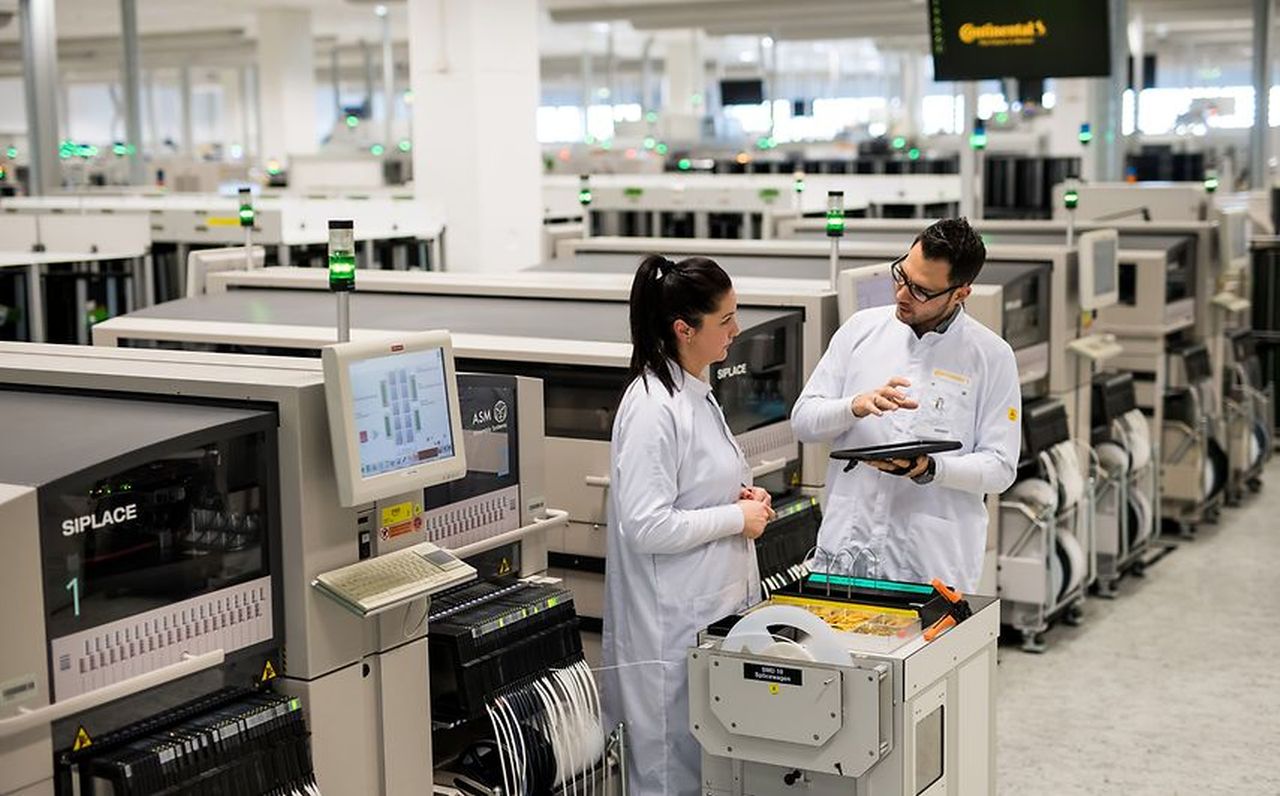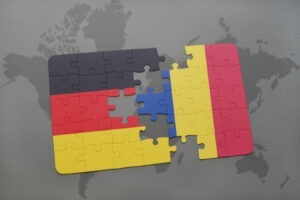European Union (EU) member states spent around €311 billion on research and development (R&D) in 2020, equivalent to 2.3% of GDP, according to data published by Eurostat on Monday and quoted by Agerpres. Romania ranks last among these countries, allocating just 0.47% of GDP to this area last year.
Urmărește mai jos producțiile video ale Economedia:
- articolul continuă mai jos -
Belgium and Sweden allocated 3.5% of GDP to research last year, followed by Austria (3.2%) and Germany (3.1%), while six Member States allocate less than 1% of GDP to research and development: Cyprus, Bulgaria and Slovakia (all around 0.9% of GDP), Malta and Latvia (both 0.7% of GDP) and Romania (0.47% of GDP).
According to the statistics, over the last ten years, the share of R&D expenditure in GDP has increased in the EU from 2% in 2010 to 2.3% in 2020. This increase is the result of the fact that R&D spending has increased in 24 Member States (including Romania), with the only decreases in Finland, Ireland and Luxembourg.
The biggest increases, however, were recorded in Belgium (from 2% of GDP in 2010 to 3.5% of GDP in 2020), Greece (from 0.9% of GDP in 2010 to 1.5% of GDP in 2020), Poland and the Czech Republic (both with an increase of 0.7 percentage points).
Eurostat highlights that the business sector continued to be the main sector where R&D funds are spent, accounting for 66% of total R&D expenditure in 2020, followed by the higher education sector (22%), the government sector (12%) and the private non-profit sector (1%).
The average amount allocated from the budget to research and development (R&D) in the European Union was €225 per person in 2020, and the countries with the least money allocated to this area were Romania (€15 per person), Bulgaria (€21), Hungary (€39) and Latvia (€42), another Eurostat dataset shows.

 Sursa foto: Continental
Sursa foto: Continental





























